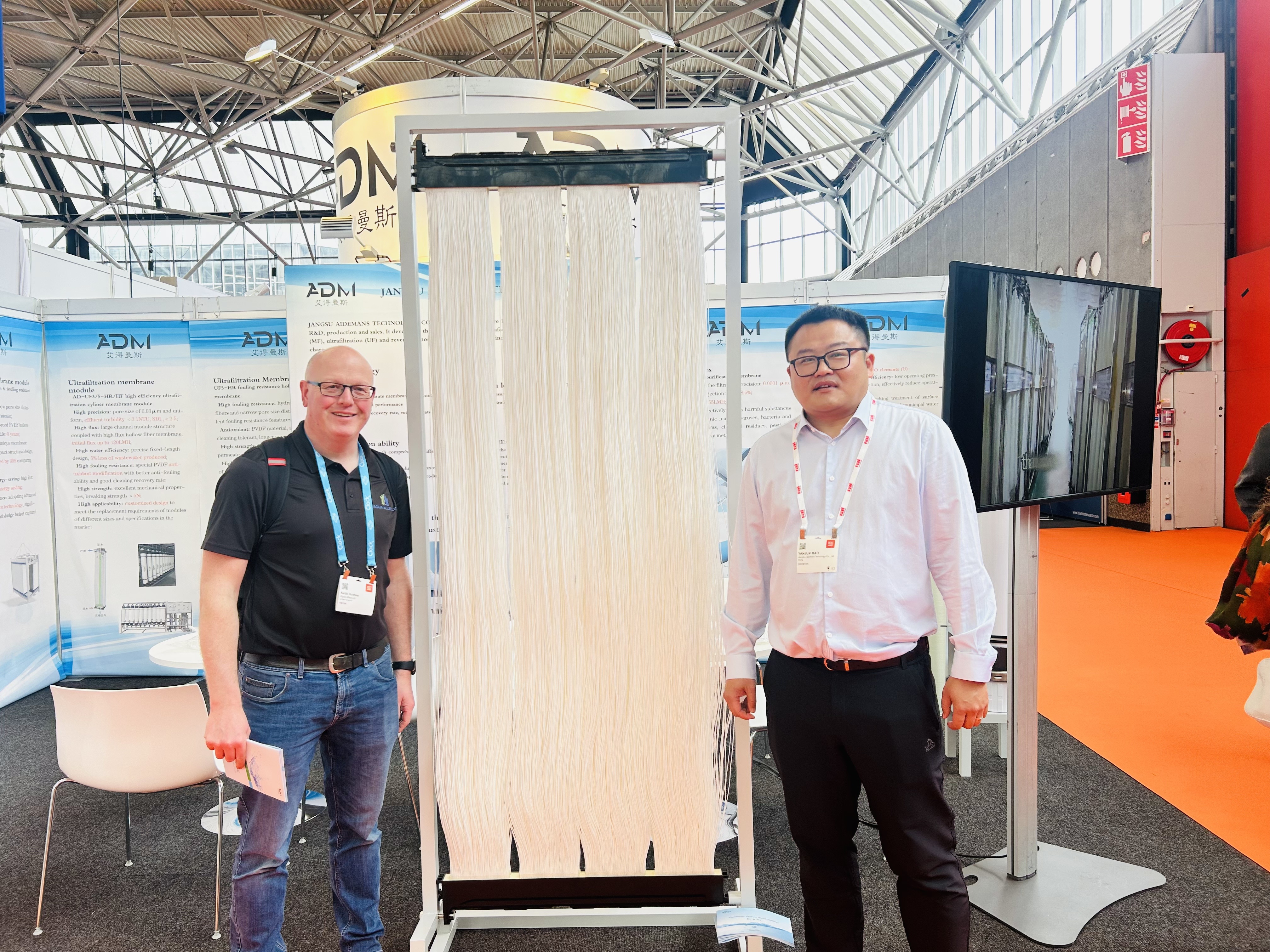What is the cooperation process with microfiltration membrane suppliers? What should be paid attention to?
Release time:
2025-04-30
I. Cooperation Process
Needs Analysis
Clarifying Needs: First, the enterprise needs to clarify its specific needs for microfiltration membranes, including the application field (such as water treatment, food processing, etc.), processing capacity, filtration precision, chemical resistance, temperature resistance, and other performance requirements.
Budget Planning: Based on the project scale and needs, formulate a reasonable procurement budget, including equipment costs, maintenance fees, and long-term operating costs.
Supplier Selection
Market Research: Collect information on potential suppliers through industry exhibitions, professional websites, and peer recommendations.
Qualification Audit: Verify the qualifications of microfiltration membrane suppliers, including production licenses, quality certifications (such as ISO9001, ISO14001), and technical patents.
Product Evaluation: Request microfiltration membrane suppliers to provide samples for testing to evaluate key performance indicators such as filtration efficiency, flux, and service life.
Case Study: Understand the microfiltration membrane supplier's past cooperation cases, especially the cooperation experience with companies in the same industry.
Technical Communication
Technical Coordination: Communicate in depth with the supplier's technical team to clarify product specifications, installation requirements, and operational procedures.
Customized Services: Based on actual needs, discuss whether customized products or special solutions are needed.
Contract Signing
Price Negotiation: Under the premise of ensuring product quality, strive for a reasonable purchase price and clarify payment methods, delivery cycles, and other terms.
After-sales Service: Clarify the scope of after-sales service, including technical support, maintenance, and spare parts supply.
Contract Terms: Carefully review the contract content to ensure that the rights and obligations of both parties are clear and to avoid potential disputes.
Product Delivery and Acceptance
Delivery Arrangement: Confirm the delivery time, transportation method, and installation and commissioning plan with the microfiltration membrane supplier.
Acceptance Test: Conduct strict acceptance of the received products to ensure that they meet the performance indicators stipulated in the contract.
Precautions for using microporous membranes:
1. Determine the bubble point: Determining the bubble point pressure can reflect the pore size of the microporous membrane, which is closely related to the quality of the filtered liquid and is also an important means of ensuring the quality of the microporous membrane.
2. The pore size of the microporous membrane is conical. The smooth side has a smaller pore size and is the front side; the rough side has a larger pore size and is the back side. During installation, the front side should face down and the back side should face up, otherwise, it is easy to be blocked by impurities, affecting the filtration rate. The unit of the limit pressure of the diaphragm vacuum pump is Pa, which refers to the stable low pressure when the pump is equipped with a standard test hood at the inlet and operates under the specified conditions without introducing gas. When the temperature is low, the treated filter membrane should be soaked in injection water with the same temperature as the liquid for 5-10 min to avoid reducing the tensile strength of the filter membrane due to temperature difference, resulting in breakage.
3. To protect and extend the service life of the filter membrane, filter paper or silk cloth of the same size (the silk cloth should be boiled in a 20 g·L-1 sodium sulfonate solution for about 30 min and then cleaned with injection water) can be placed on the filter membrane to prevent the filter membrane from breaking. Microporous membranes are made by applying a high-molecular chemical material and pore-forming additive to a support layer after special treatment. In membrane separation technology applications, microporous membranes are a widely used type of membrane, simple and quick to use, and are widely used in scientific research, food testing, chemical industry, nanotechnology, energy, and environmental protection.
Cooperation with microfiltration membrane suppliers is a systematic project involving multiple stages, including needs analysis, supplier selection, technical communication, contract signing, product delivery, and long-term cooperation. During the cooperation process, enterprises need to focus on the supplier's strength, product quality, technical support, after-sales service, and contract terms to ensure that the cooperation proceeds smoothly and achieves the expected goals. Through a scientific and reasonable cooperation process and effective risk management, enterprises can establish long-term and stable cooperative relationships with high-quality suppliers, providing strong support for their own development.
Jiangsu Aidemans Technology Co., Ltd. focuses on the research, development, production, and sales of fine ultrafiltration membranes and zero-discharge reverse osmosis membrane products in the field of industrial zero-discharge. The main products include ultrafiltration membranes, membrane modules, reverse osmosis membranes, microfiltration membranes, and membrane fibers. With the development strategy of "resource regeneration and green low carbon," it assists in the reuse of valuable materials in industrial zero-discharge, reduces carbon, nitrogen, and phosphorus emissions, focuses on challenging technologies, challenges threshold markets, and strives to become a specialized, refined, and new in-depth enterprise.
Related Content

